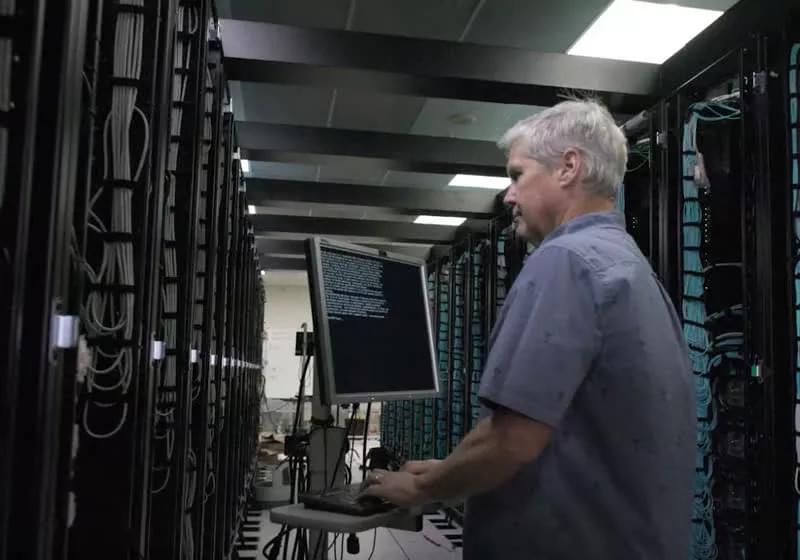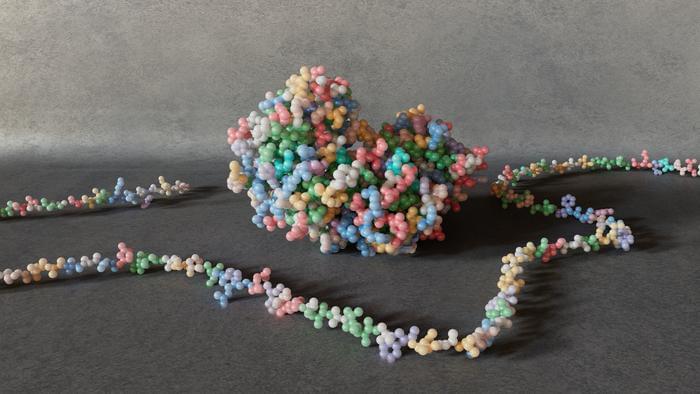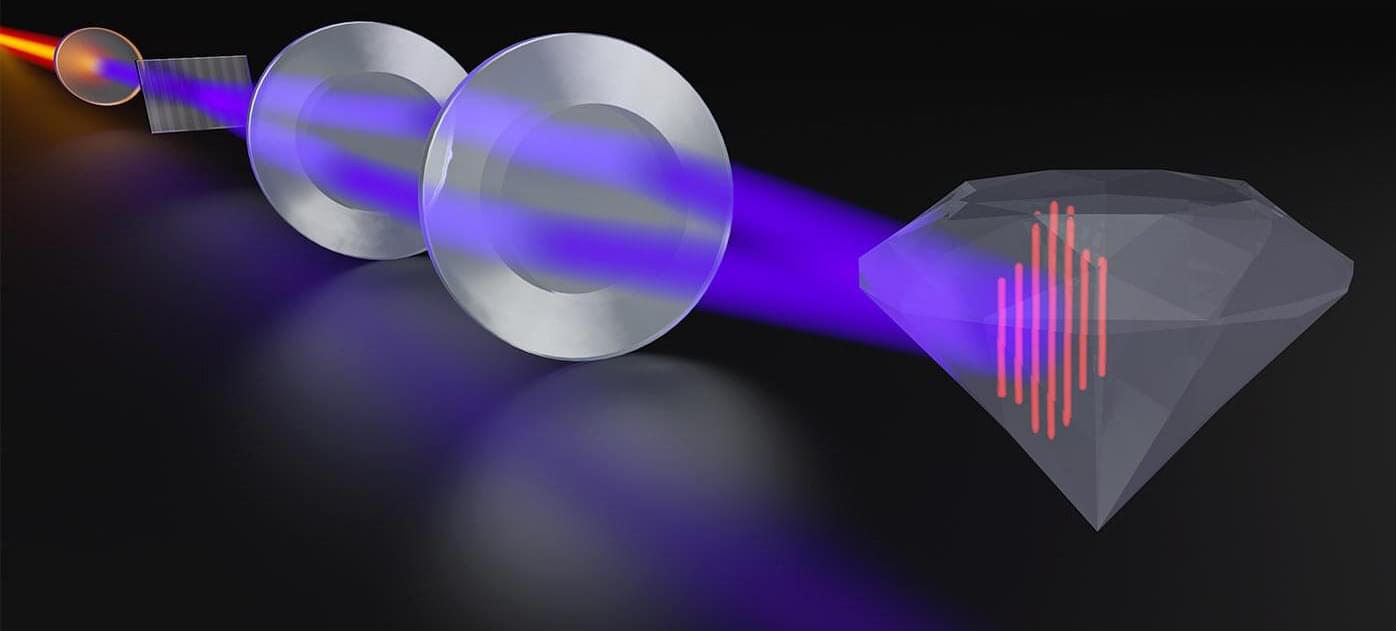79K Followers, 24 Following, 770 Posts — See Instagram photos and videos from The Why Files



El Capitan can reach a peak performance of 2.746 exaFLOPS, making it the National Nuclear Security Administration’s first exascale supercomputer. It’s the world’s third exascale machine after the Frontier supercomputer at Oak Ridge National Laboratory in Tennessee and the Aurora supercomputer at the Argonne Leadership Computing Facility, also in Illinois.
The world’s fastest supercomputer is powered by more than 11 million CPU and GPU cores integrated into 43,000+ AMD Instinct MI300A accelerators. Each MI300A APU comprises an EPYC Genoa 24-core CPU clocked at 1.8GHz and a CDNA3 GPU integrated onto a single organic package, along with 128GB of HBM3 memory.

LEV is upon us.
OpenAI chief executive Sam Altman, who provided the initial $180mn to seed the start-up, will put in more money in the series A. The company is in talks with family offices, venture capitalists and sovereign wealth funds, as well as a US “hyperscaler” data centre to provide computing power to run the AI models it uses to create and test its treatments.
In partnership with OpenAI, the start-up has built a bespoke AI model that designs proteins to temporarily turn regular cells into stem cells, which it says can reverse their ageing process.
The San Francisco-based biotech will use the money to fund clinical trials for three drugs, including a potential treatment for Alzheimer’s disease, which will be tested in an early stage study in Australia this year. It is also working on drugs for rejuvenating blood and brain cells.

The study’s full text can be found here.
The post Study Finds CBD Inhibits Cancer Cell Growth and Promotes Cell Death in Cholangiocarcinoma Cells appeared first on The Marijuana Herald.
When it rains, it pours. OpenAI Operator tested and reviewed, with full paper analysis. Perplexity Assistant is useful. Then Stargate, is it all smoke and mirrors? Strong rumours of an o3+ model from Anthropic. Then a full breakdown of Deepseek R1, and what it’s training method says about the state of AI. It’s not open source BTW. Plus Humanity’s Last Exam, and Hassabis Accelerates his AGI timeline.
https://app.grayswan.ai/arena/chat/ha…
https://app.grayswan.ai/arena.
AI Insiders ($9!): / aiexplained.
Chapters:
00:00 — Introduction.
00:54 — OpenAI Operator.
04:53 — Perplexity Assistant.
05:15 — Stargate.
07:51 — Better than o3?
08:25 — DeepSeek R1 Analysis.
12:12 — Training Secrets.
15:19 — No More Process Rewarding?
19:01 — Hassabis Timeline Accelerates.
21:22 — Humanity’s Last Exam.
https://openai.com/index/computer-usi…
System Prompt: https://github.com/wunderwuzzi23/scra…


Engineered enzymes are poised to have transformative impacts across applications in energy, materials, biotechnology, and medicine. Recently, machine learning has emerged as a useful tool for enzyme engineering. Now, a team of bioengineers and synthetic biologists says they have developed a machine-learning guided platform that can design thousands of new enzymes, predict how they will behave in the real world, and test their performance across multiple chemical reactions.
Their results are published in Nature Communications in an article titled, “Accelerated enzyme engineering by machine-learning guided cell-free expression,” and led by researchers at Stanford University and Northwestern University.
“Enzyme engineering is limited by the challenge of rapidly generating and using large datasets of sequence-function relationships for predictive design,” the researchers wrote. “To address this challenge, we develop a machine learning (ML)-guided platform that integrates cell-free DNA assembly, cell-free gene expression, and functional assays to rapidly map fitness landscapes across protein sequence space and optimize enzymes for multiple, distinct chemical reactions.”
AI is redefining healthcare by predicting breast cancer years early, saving lives and empowering proactive care.

Seagate started shipping hard drives with HAMR tech in December 2024, turning a long-awaited technological advancement into a commercial reality. Now, the storage specialist is announcing that even more advanced HAMR drives, with capacities of up to 36 terabytes, are on the way.
The 36TB HAMR drives are being shipped to a select group of customers for testing and validation. Like the earlier HAMR units, these new Exos M drives are built on the Mozaic 3+ technology platform to deliver “unprecedented” areal density. The drives utilize a complex 10-platter design, achieving an areal density of 3.6TB per platter.
According to Seagate CEO Dave Mosley, the company has already reached an areal density of over 6TB per disk in its test environments. The goal, he says, is to further increase the data density to 10TB per platter. Seagate also states that Mozaic 3+ is a highly efficient storage platform, enabling the new Exos M drives to lower the total cost of ownership and reduce energy consumption.

Ultrawide-bandgap semiconductors—such as diamond—are promising for next-generation electronics due to a larger energy gap between the valence and conduction bands, allowing them to handle higher voltages, operate at higher frequencies, and provide greater efficiency compared to traditional materials like silicon.
However, their unique properties make it challenging to probe and understand how charge and heat move on nanometer-to-micron scales. Visible light has a very limited ability to probe nanoscale properties, and moreover, it is not absorbed by diamond, so it cannot be used to launch currents or rapid heating.
Now, researchers at JILA, led by JILA Fellows and University of Colorado physics professors Margaret Murnane and Henry Kapteyn, along with graduate students Emma Nelson, Theodore Culman, Brendan McBennett, and former JILA postdoctoral researchers Albert Beardo and Joshua Knobloch, have developed a novel microscope that makes examining these materials possible on an unprecedented scale.